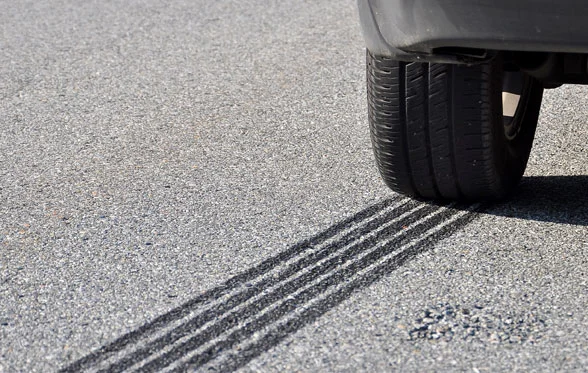The current noise test procedure used for vehicle type approval in Europe was originally introduced in 1970 and, although the applicable noise limits have been reduced a number of times in the intervening years, the basic noise test procedure has remained unchanged. However, in recent years, it has been recognised that reducing the noise limits, whilst retaining the same test procedure, has not resulted in any significant reductions in real world traffic noise. It is thought that the reason for this is that the current noise test procedure is not representative of real world driving conditions. Therefore, over that past few years, the UN ECE Working Party on Noise (GRB) have developed a new noise test procedure to more accurately reflect real world driving conditions, and this new test procedure was recently adopted as Supplement 5 to ECE Regulation 51.02.
This new noise test procedure still requires a drive-by noise test with the vehicle accelerating, but the rate of acceleration is now defined to a level that is more representative of the conditions encountered in the real world.
On 15th June 2007, the European Union published EC Directive 2007/34/EC, which is an amendment to 70/157/EEC to introduce the new noise test procedure from ECE 51.02 Supplement 5. This amending Directive removes all of the current technical requirements from the Directive and replaces them with direct references to ECE Regulations 51 and 59.
At this stage, the European Commission do not have sufficient data on the performance of current vehicles tested to the new noise test procedure to be in a position to set noise limits. Therefore, the new Directive specifies that every new vehicle presented for noise type approval testing between 6th July 2008 and 6th July 2010 will be subjected to noise testing to both the existing test procedure and the new test procedure. Only the results from noise testing to the current procedure will be used to determine whether the vehicle meets the type approval requirements, but the results from the noise testing to the new procedure will be recorded. The European Commission will use the data collected over this two year period to assist them in formulating noise limits for use with the new test procedure once it is mandated for type approval.
